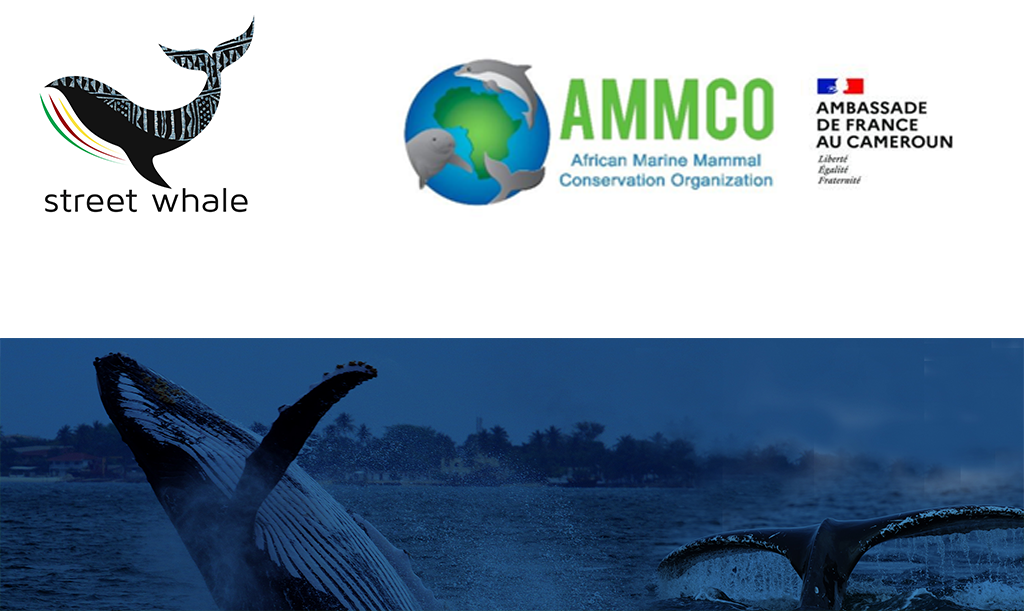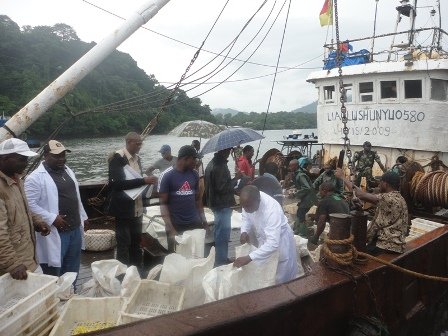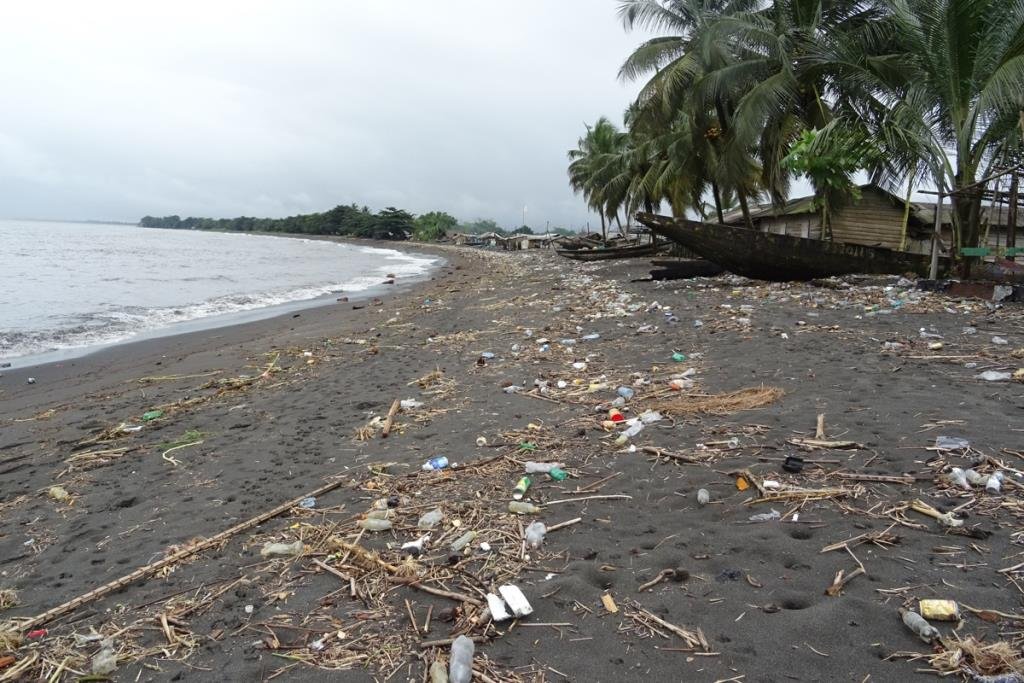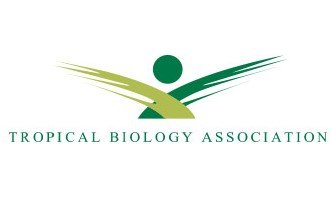Conservation of the African manatee of the Lake Ossa
The lower basin of the Sanaga River is a sensitive habitat for a very high biological diversity and particularly the African manatee. The Lac Ossa complex which is located in this landscape is a hotspot for the manatee which is considered by the local community as the emblematic species of Dizangue. This community depends on the manatee and the lake for its livelihood through tourism and fishing. More than 400 families directly depend on artisanal fishing carried out in Lake Ossa. The manatee also maintains the ecological balance of the lake by its action of feeding on the vegetation of the shores and the fertilization of the body of water by its faeces. Unfortunately, the Lake Ossa manatee population is declining due to a combination of several threats, including accidental capture, poaching and habitat degradation through shoreline deforestation and the proliferation of the invasive plant Salvinia molesta. The proliferation of the aquatic fern Salvinia molesta is currently the major threat to the manatee and its habitat because it covers the surface of the lake, prevents exchanges between water and the atmosphere, the movements of the manatee and fish as well as navigation of fishermen.
To address this situation, AMMCO is undertaking research and conservation actions in order to save the manatee and its habitat. Visual monitoring of the manatee by observers on board canoes is combined with acoustic monitoring through the use of hydrophones in order to locate, inventory and follow the dynamics of the manatee. Mapping is done by acquiring aerial images to understand the fluctuations of salvinia on the surface of the lake as well as the location of deforested sites on the banks. The research results obtained so far have led to the establishment of a community awareness and environmental education program in primary and secondary schools, with more than 2,500 students impacted by 2021. The reforestation of the lake shores by fruit trees make it possible to fight against erosion while providing populations with a source of food and financial incomes. With the support of the government through the management board of the Lac Ossa Wildlife Reserve (local partner), the biological control of the invasive plant Salvinia molesta has been initiated. This control is done by using the Cytobagous salvinae insect, a natural consumer of Salvinia molesta. In parallel, the populations are engaged in the manual removal of the plant which they transform into ecological charcoal and sell on the surrounding markets. Heliciculture is also another income-generating activity provided to fishermen. A consultation platform is set up by AMMCO and bringing together fishermen and the management board of the LOWR to establish a fishing code and ensure long-term protection of the manatee, Lake Ossa and other resources that find there.










.jpg)





.jpeg)
.jpeg)
.jpeg)












